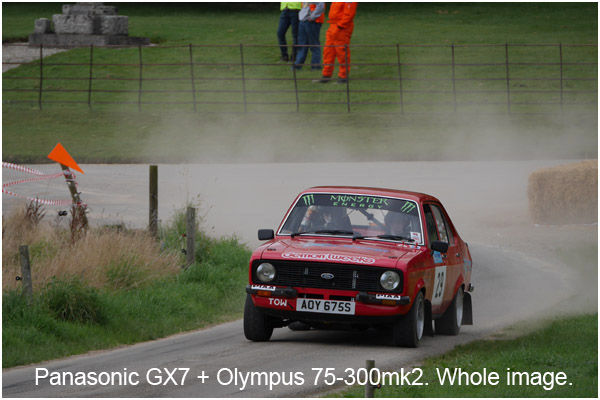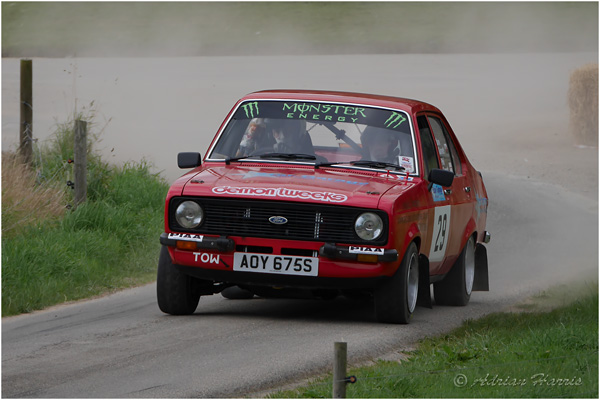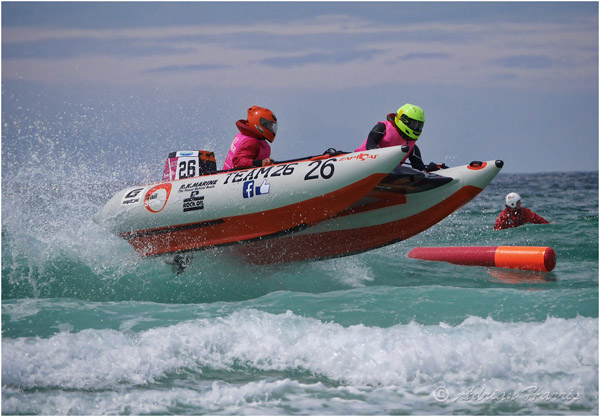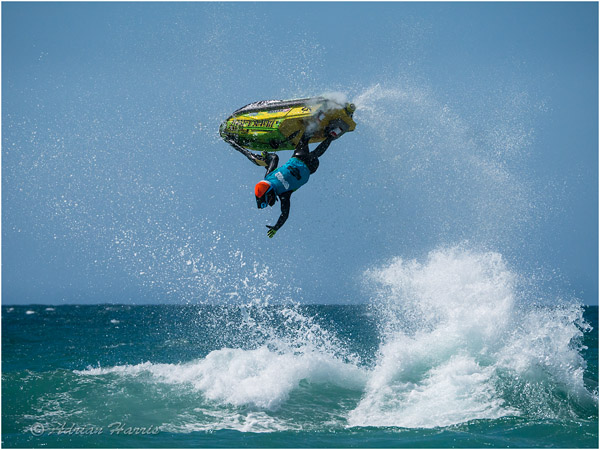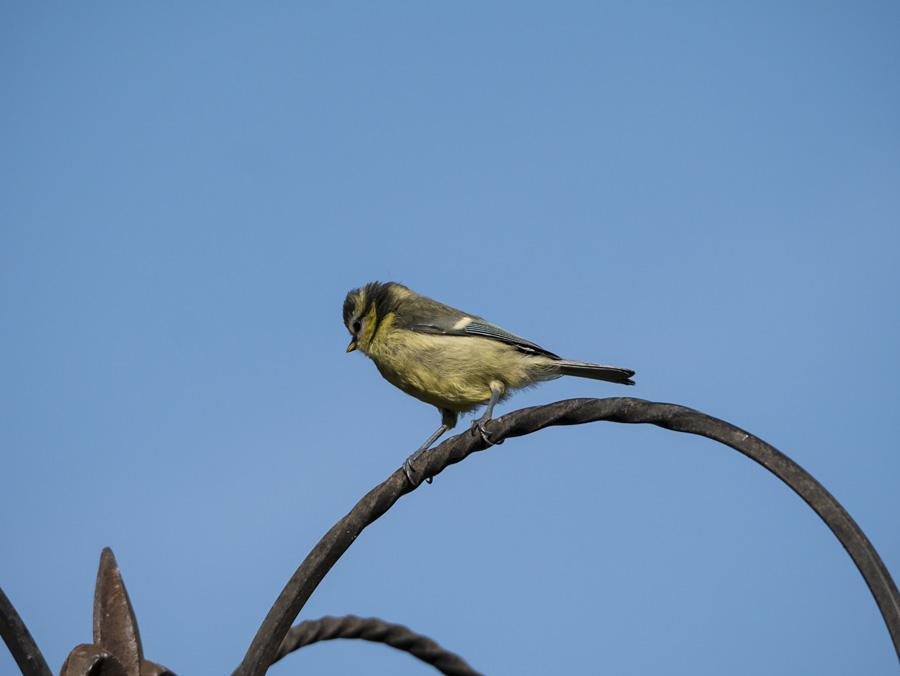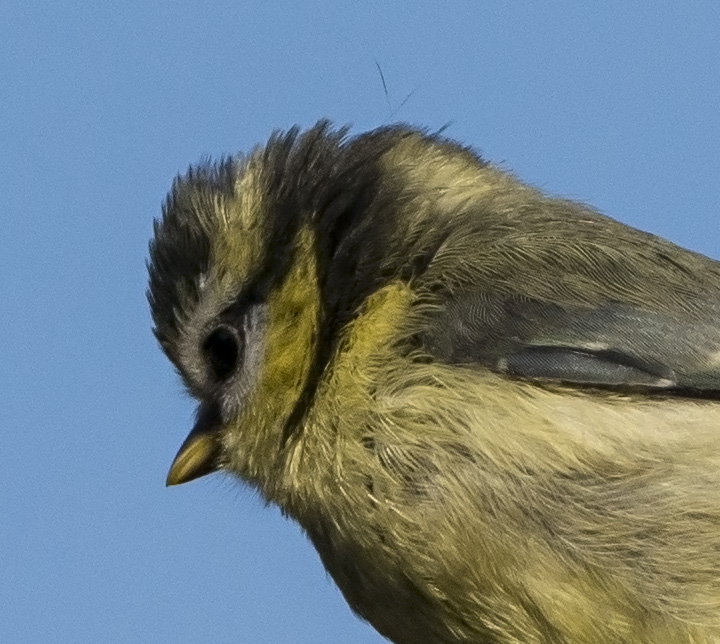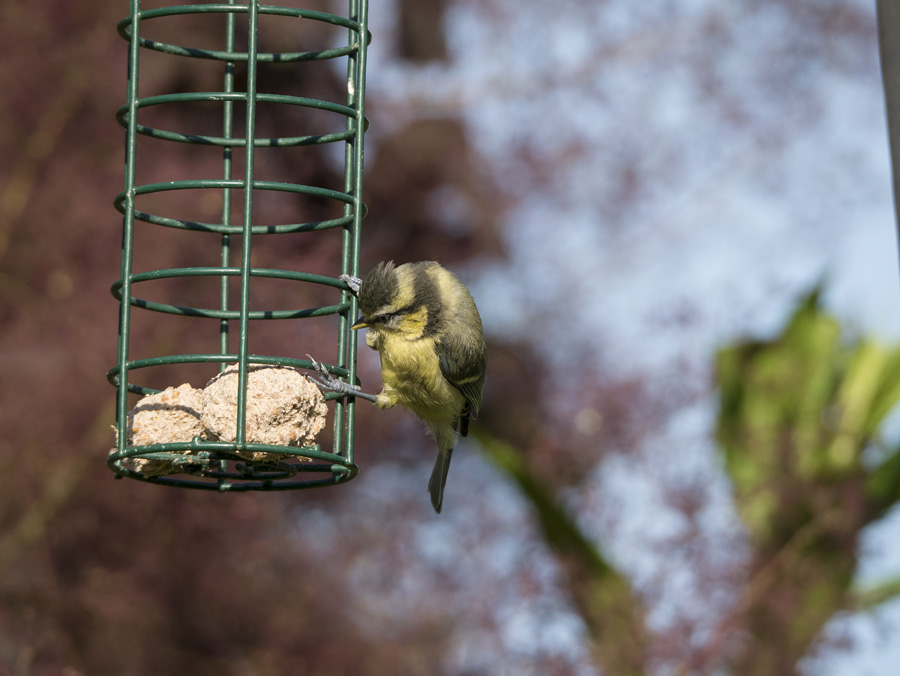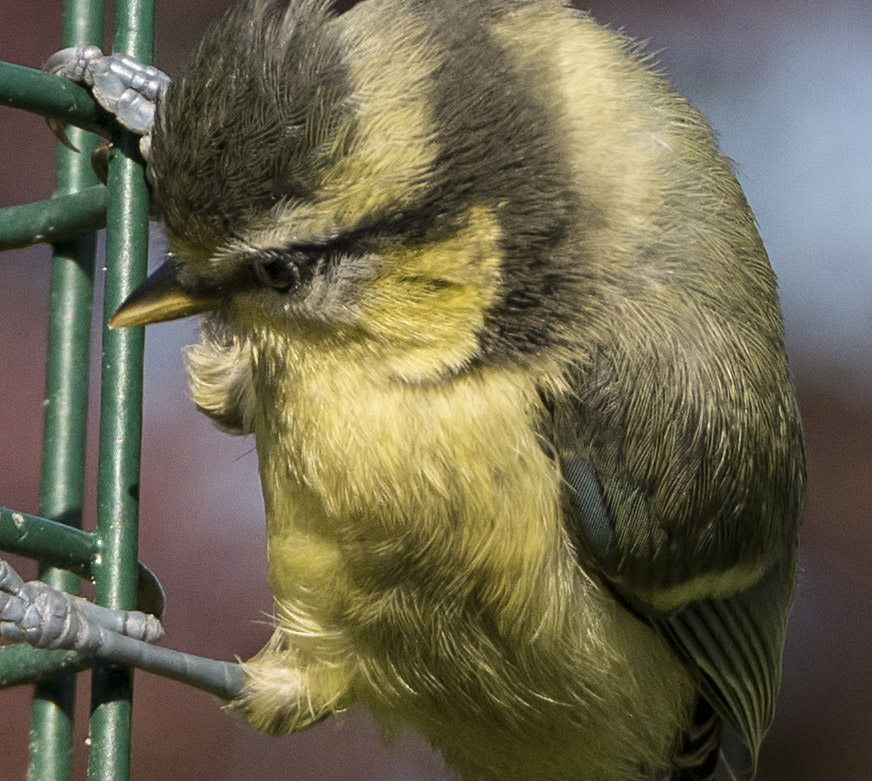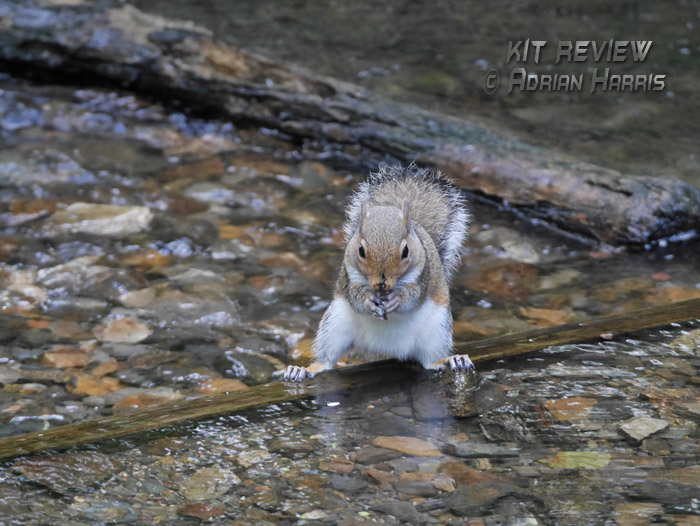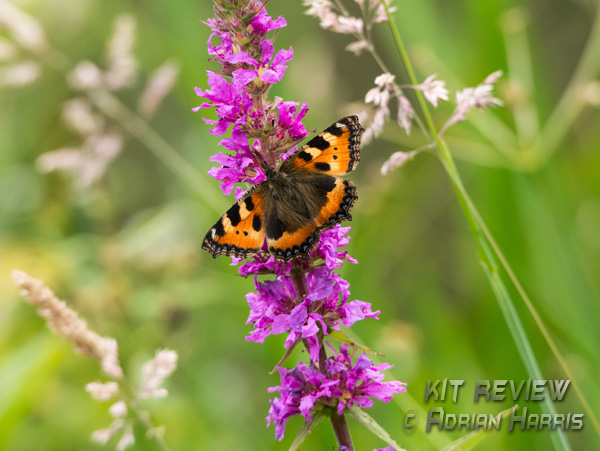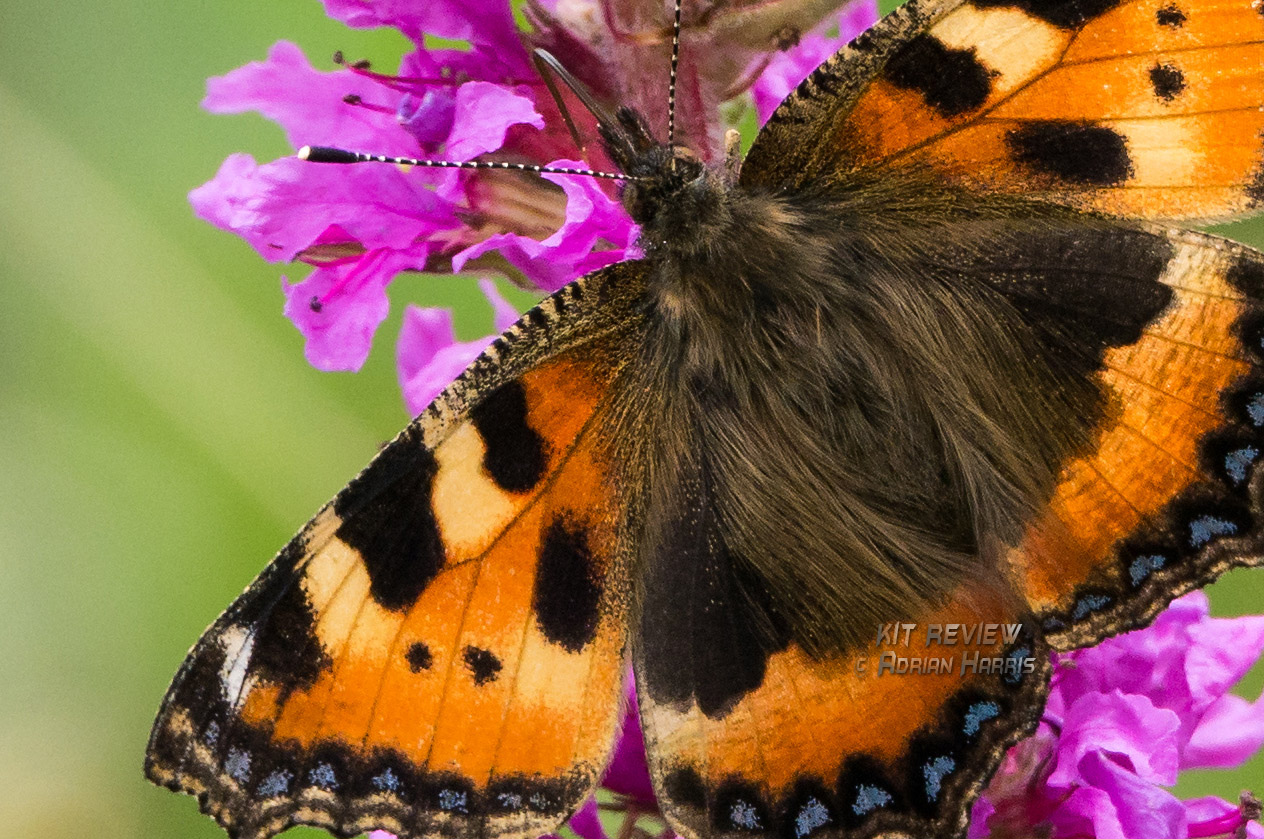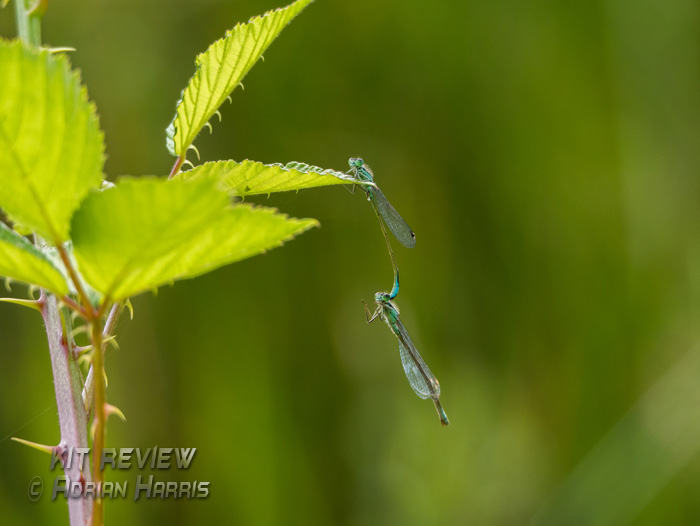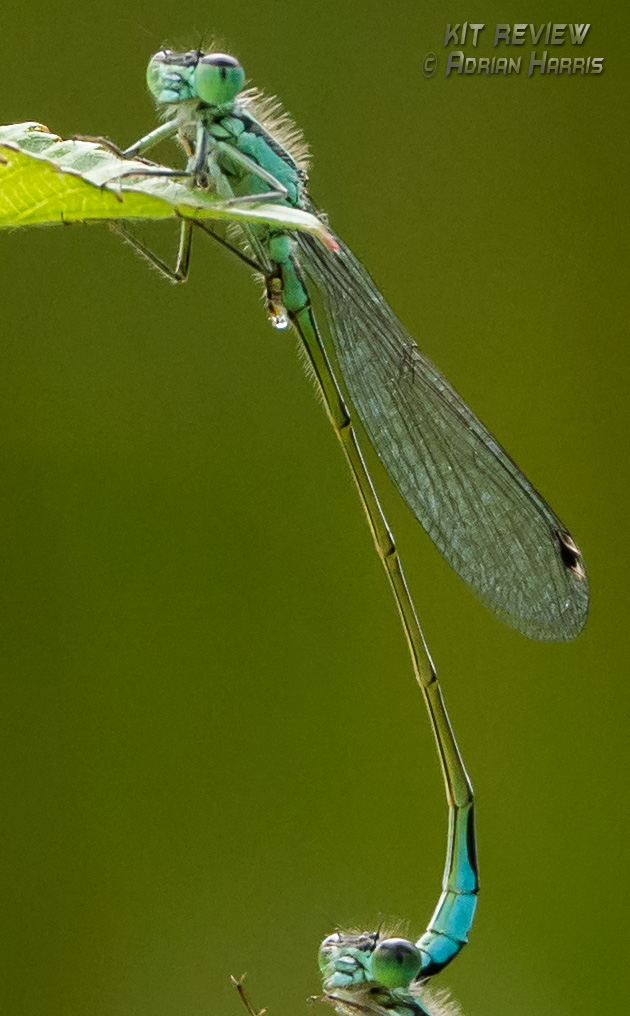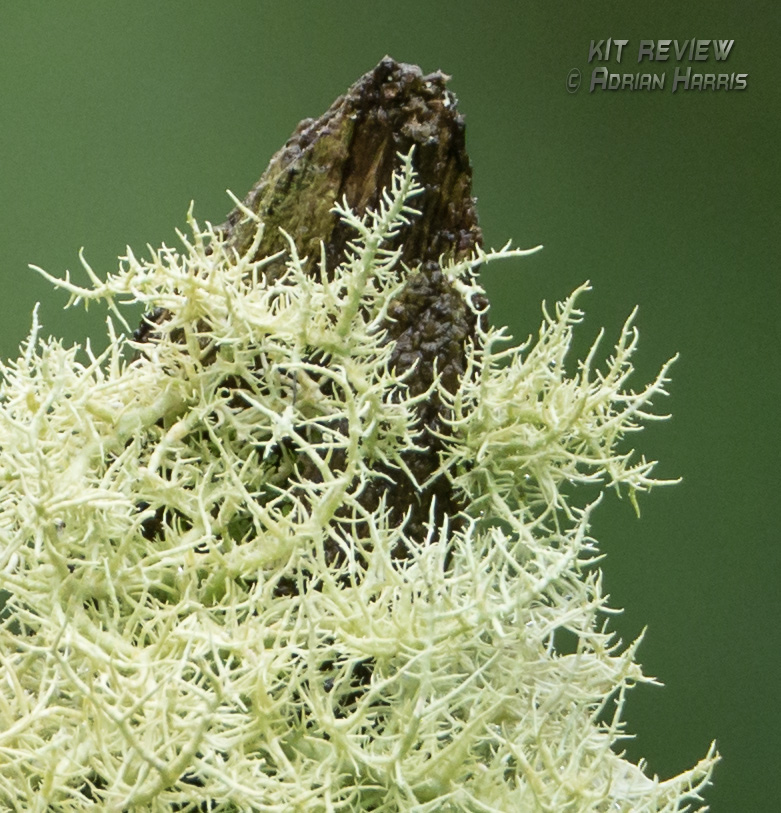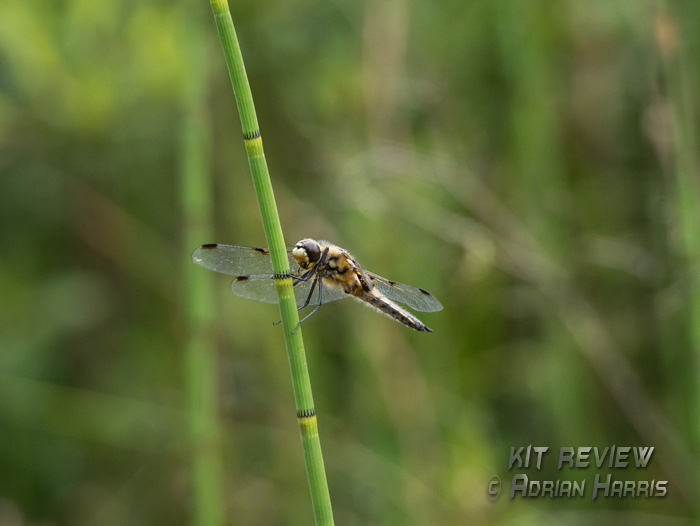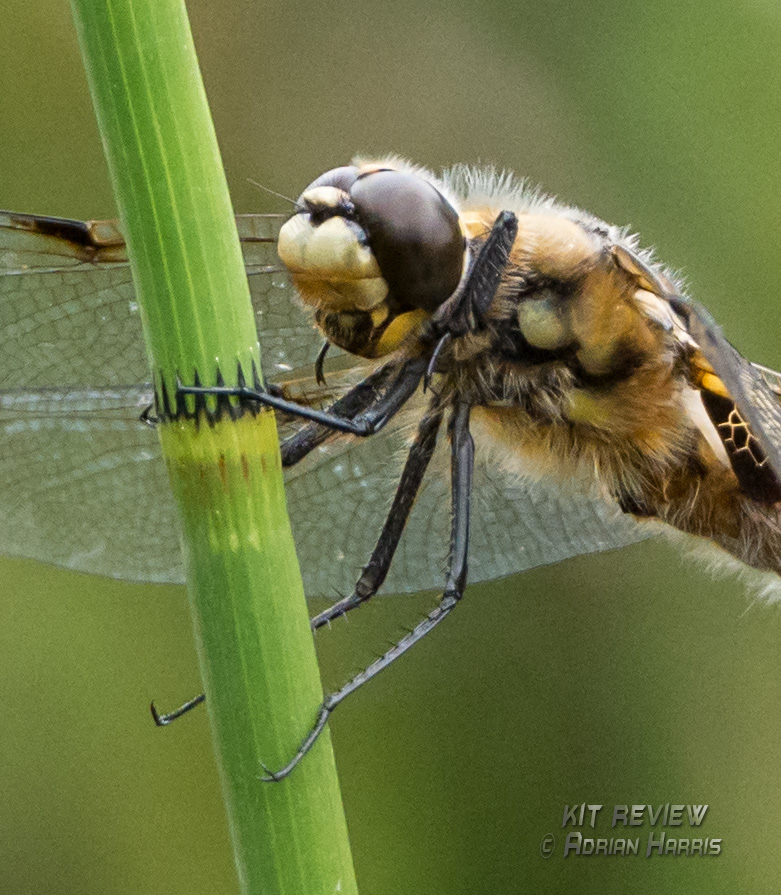 |
|
M4/3 System - Lens Report Olympus 75-300 Mk2 (July 2014, - Updated Dec.2016) Going Long with M4/3 I love many aspects of the Micro Four Thirds system, but one area that still currently concerns me is the lack of very high quality lenses through certain parts of the range. And it was this search for more reach which eventually led me to the Olympus 75-300 Mk2. Unlike the similar Panasonic lens, this Olympus counterpart does not have optical stabilisation, therefore it will be best suited to cameras with in-body stabilisation. Until recently this would have meant it was only suitable for Olympus M4/3 camera bodies, but finally braking with tradition Panasonic introduced their GX7 which is a diminutive 'rangefinder look-alike' styled stabilised M4/3 camera. The following report intends to be a work in progress based on my user experiences while shooting real world images (and not test charts) with the Olympus 75-300 Mk2 lens coupled to a Panasonic GX7 camera and therefore will have more examples and comments added as I get to spend more time with this combination. GENERAL HANDLING When using very long focal lengths handling is extremely important, as the slightest movement will produce at best 'soft' results and more than likely lots of shake induced motion blur. The lens is very light, works smoothly and appears well built. However no hood is supplied and as a genuine one was £80 an aftermarket one for £14 was obtained from Ebay. Anyone serious about image quality should always use a hood as it reduces the likelyhood of lens flare and also improves image contrast sharpness. This GX7 and Olympus 75-300 combination is very light, in fact it is almost to light to use. Now that may well seem a strange thing to say - especially as most of us have chosen to use the M4/3 system for that very reason, - but there is a specific problem with using ultra long (600mm full frame equivalent) lenses hand held that are very light and that is due to the lack of mass it is very difficult not to induce camera shake. In fact at the longer end, even when bracing myself against a wall I found it extremely hard to hold steady. Fortunately the GX7 has excellent in-camera image stabilisation which works well with this lens. When feeling very strong I also shoot with a Sony A77 and a 70-400mm APS-C combination and except for the huge weight of that system, it is an easy combination to hold without shaking. And the reason is, it is so darn heavy that it damps out involuntary small muscle movements in our arms. So being too light can be a problem and the GX7 and Oly 75-300 is seriously light. At maximum 300mm zoom FF600mm) A monopod or tripod is definitely advised! SHARPNESS I have now had the chance to use the lens quite a few times and can report with confidence that this lens performs promisingly well throughout. The results obtained at the extreme long end are very good especially when set to F8, but not as 'bitingly sharp' in the same way that the Sony A77 + Sony70-400G combo mentioned above is, but frankly I would not expect it to be (and there is a massive price difference). However at the wide end 75mm and up to 250mm (equivalent to 150-500mm on a full frame) the Oly75-300 does perform extremely well indeed and right across the frame to boot - albeit best when shut down by 1 or 2 stops. With great care the Olympus 75-300 Mk2 will also produce great shots from 250-300mm (500-600mm FF equiv.) however great care is needed and here good light to allow high shutter speeds and the GX7's fully electronic shutter helps a lot, as both these reduce any tendency to induce image softness through shutter shake or hand vibration. CONCLUSION In my experience with this lens so far I can confidently state that my copy at least is a keeper. I hate it when people say a lens is 'good for the money', as in my eyes a lens is either a good or a poor lens, period! I have previously fitted some very expensive Voigtlander prime lenses to the GX7 and although the photos are definitely a little sharper than this long Olympus tele-zoom (and so they should be), I think in 95% of cases when viewing a good quality A4 size print, not many would see that difference - at least not until you zoom very close towards the 300mm end**. I had never considered using a lens this long to do any macro photography, but when I saw a beautiful butterfly I just had to try and get a shot of it. To my surprise this lens did an amazing job, the detail of the 'fur' on the butterflies back is very sharp and with good detail (4a & 4b.). This led me to try a few more macro type subjects, but I soon found its limits. As this lens does not focus very close, I did not try and measure the minimum focus distance but found its limits when I tried to photograph a couple of mating damselflies (5a & 5b.). Ideally I needed to get much closer, however considering these insect were only around 3cms long, looking at the final result I think the lens still did a fairly decent job. So for the sub-£400 pounds currently asked for this lens in the UK, it is not only a very good lens, it is also great value. The more I use it, the more I like it! ...and for those that need to know, I am pleased to report it focuses pretty fast too, so should be excellent for a variety of wildlife and sport :o) ABOUT THE EXAMPLE PHOTOS & CAMERA In the photo examples shown, please note that images were typically taken at ISO settings between 400 and 1600 and at a variety of shutter speeds. This was not ideal, but it was typical of the situations we face when in the field. Where we have to balance noise and dynamic range against the shutter speed needed for certain situations. Although this test was not initially intended to be testing the GX7 camera itself, in a roundabout way it did end up that way. As using this very long Olympus tele-zoom lens forced me to push the camera very hard to get the best results and I was very impressed at the results when shooting at such high ISO and in some cases very slow shutter speed. I found that I had no other choice than to use small apertures on the lens (mainly F8), which was necessary to ensure that most of the subject was in focus. A 600mm (full frame equivalent) lens has a VERY shallow depth of focus. This would not be a problem when photographing aircraft or sport, but on smaller objects close by, a shallow depth of focus can be a problem. All images were taken handheld, but I took great care to try and either brace myself against something, or to kneel on the ground to provide stability.
Please bare in mind also that at high ISO
settings, images with fur and feathers tend to lose detail on all
current digital cameras, but these subjects just happen to be some
of the best subjects to test lenses for sharpness and of course it is
one area where many people will want to use a long lens. ** Interestingly my prime Voigtlander's seem
to
perform better on the original Panasonic G1 than the newer Panasonic GX7 and I have been
wondering for a while now as to whether the GX7's 16Mp sensor has a stronger
anti-aliasing filter fitted or whether there is some other form of
processing going on, as the images it produces do often appear to be
slightly softer than that of the earlier G1 which is only 12Mp! So the image sharpness from
this Olympus 75-300 Mk2 lens may well improve even further when fitted
to a different M4/3 camera model.
|
 |
